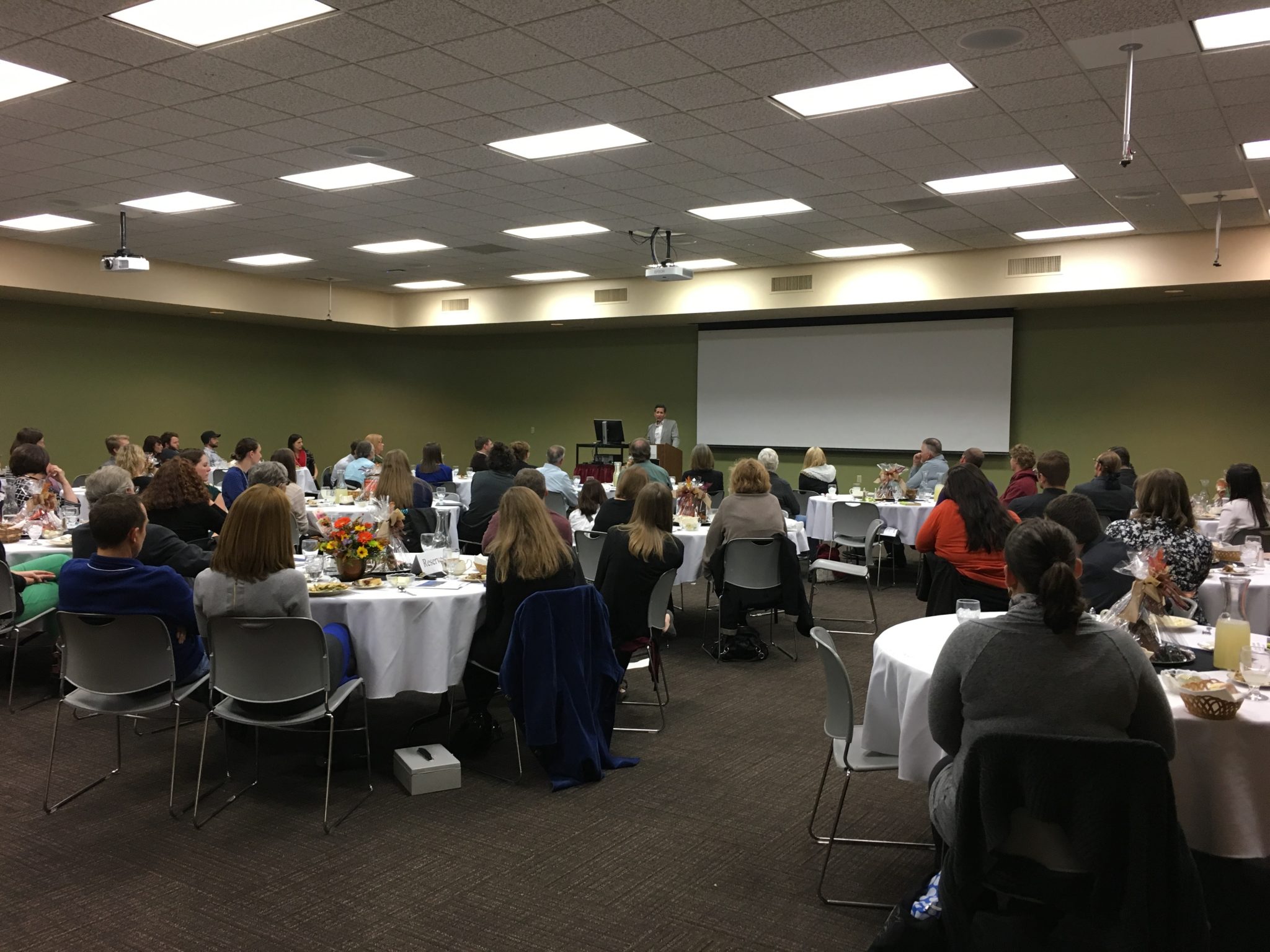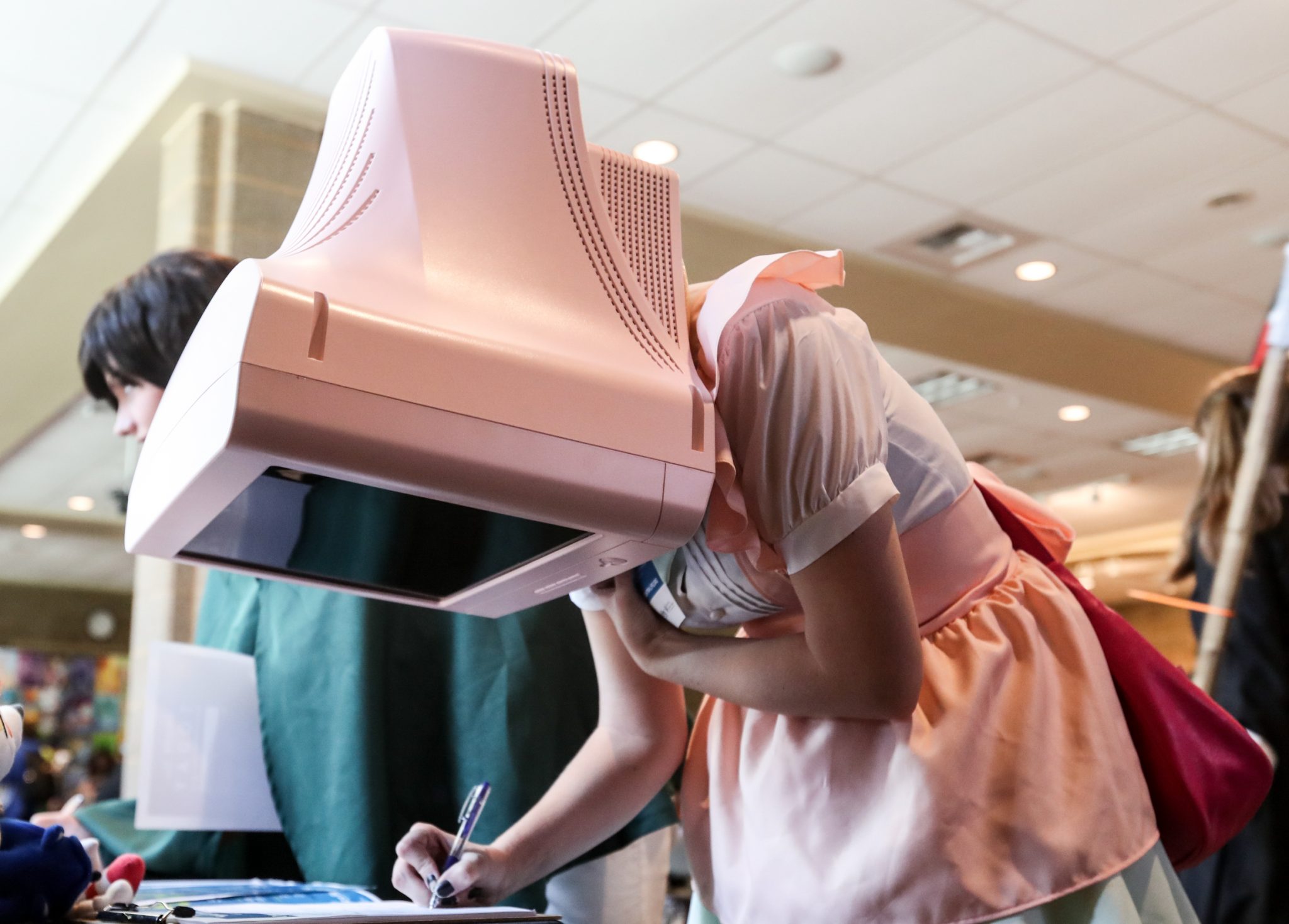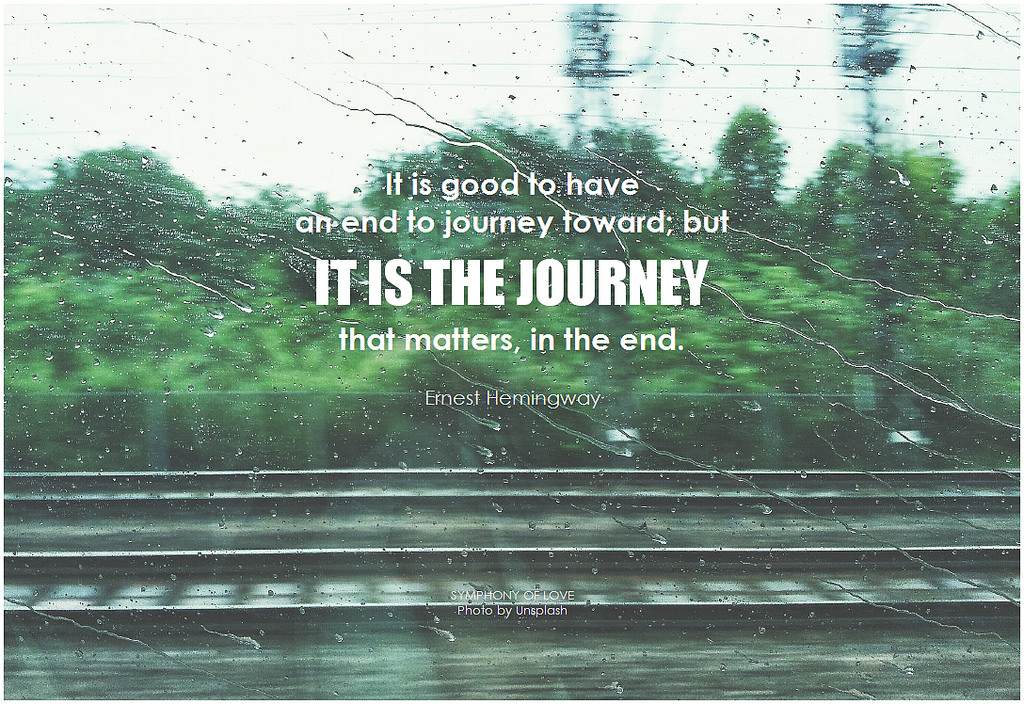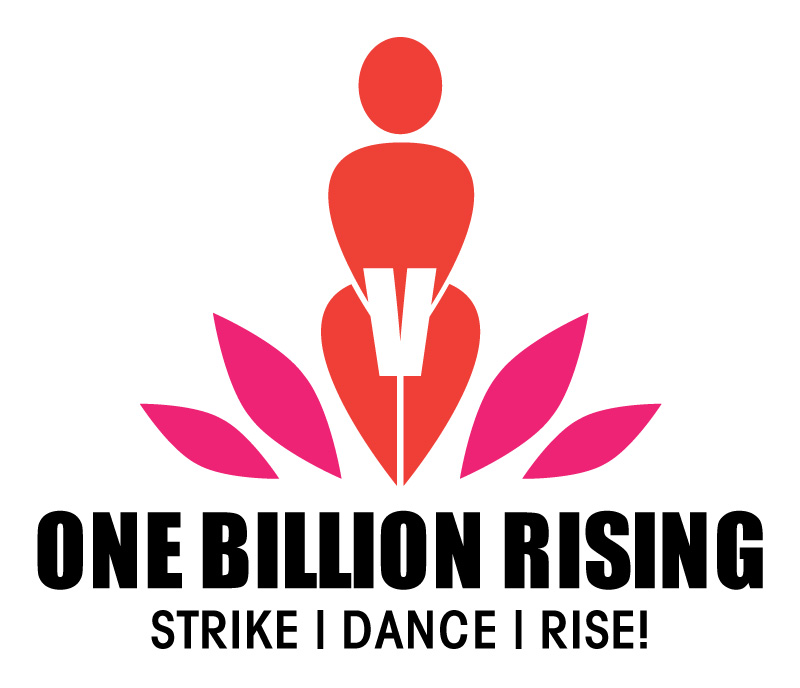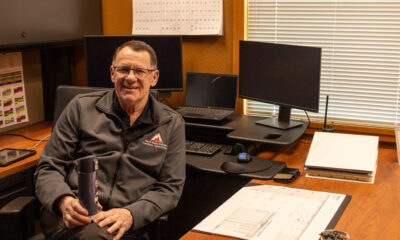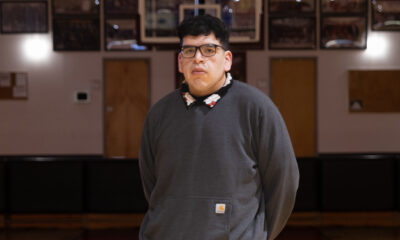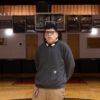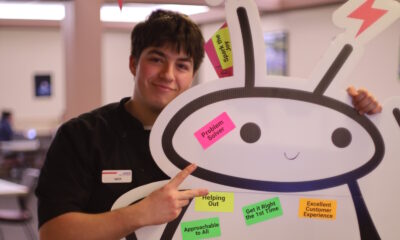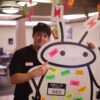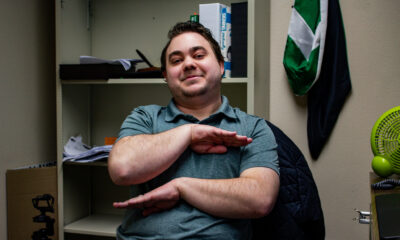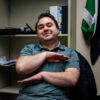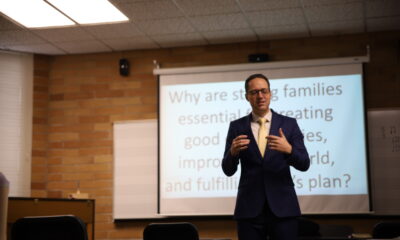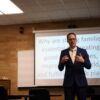Features
Interview with Kaye Thornbrugh
For author Kaye Thornbrugh, real life is even more wonderful than fiction.
To prove it, the NIC student and former managing editor of the Sentinel spoke with crowds of fans about her recently published fantasy book series, Flicker, at the multi-author “Thrills and Chills Book Signing” at Hastings on Saturday.
With two books already published, the Amazon bestseller, Flicker, its sequel, Brightly, and another installment to the series on the way, Thornbrugh is keeping herself busy in the limelight.
She hasn’t forgotten us fellow NIC writers though, and on Saturday, the Sentinel got an exclusive interview with Thornbrugh, who told us a little about Flicker, revealed her secrets to writing great stories, and gave some insight into the world of self-publishing.
Can you give us a little bit of background on Flicker?
“The Flicker series is an urban fantasy, so it’s sort of a fantasy story set in a modern environment. So you’ve got a modern setting, but there’s a lot of magic and creatures and things like that.”
“The story is basically about a girl named Lee who is sort of spirited away to the other world by fairies, and when she finally escapes, she finds that what felt like a night amongst these magical creatures was actually seven years in the human world and that her entire life that she knew before is pretty much gone, and so she has to figure out how she is going to adapt and how she’s going to find her place in sort of this new world that she’s found herself in, and this new situation.”
What are the steps to getting yourself published?
“Personally, I self-publish my books, so pretty much everything you see here was produced by me. So you first have to decide how you want to be published. Do you want to go through a traditional publisher, do you want to go through a small press, or do you want to do it yourself as a self-publisher? If you’re going to go through a traditional press, you’re first going to need to get an agent, and that’s a whole process in and of itself. A small press is a little different. You can usually submit your manuscript directly to them. Or you can self-publish like I have, and then you’re pretty much just left with taking care of everything yourself. So my process is basically, I write the book, I have an editor who I’ve hired, and I’ve got readers who review it.”
“You might be able to find people from a writer’s group, or through other writers you know who have hired editors. If you’re going to pay for an editing service, you want to make sure the person is very professional , that they have people that they’ve worked with in the past that you can talk to and ask them if they had a good experience or did a good job.”
“Basically, once you’ve got your book ready to go, then you can go into your next stage, which is figuring out your cover. I designed my own covers. And basically the key for me is keep the design very simple. So I just sort of wanted something kind of evocative of something simple and that’s what I can manage. For a lot of people, you’re better off – if you don’t have those kind of design skills – you’re better off hiring someone to do it for you. And that is an investment, but it’s worth it. Basically, if you have a bad book cover, it doesn’t matter how good the quality of the inside is, because nobody’s going to want to touch it if it’s a really nasty, ugly cover.
Sadly.
“Unfortunately, right? So a nice, simple one will usually do you pretty well. And the next stage after that is getting your books all formatted. For my paperbacks, I am lucky because I’m able to format my own. That’s because when I was on the Sentinel I had to use InDesign, so, it’s a little different than laying out a newspaper, but the skills carried over pretty well, so I don’t have to hire that out to somebody else. I can take care of all my own formatting, that includes my eBooks. So at that point, it’s a lot of research into what are the different platforms? How am I going to get my book printed? How am I going to get my book to sellers? There are a lot of handy dandy guides out there to sort of show you how to do these things. I actually, on my blog, I have a series that I’m calling “Self-Publishing 101”, so anybody who is curious about those sort of things, it’s sort of like a crash course and a good place to start I think, with helpful links and stuff like that.”
Do you have any weird rituals that get you ready to write?
“Some writers need absolute silence in order to work, and I am not one of those people. I have a ridiculous number of different sort of writing playlists and whenever I’m working, I stick my headphones in, I think about, ‘ok, what am I working on today’, and I sort through all of my playlists and I figure out what is going to get me sort of in the mood. Like, let’s say when I was working on Brightly last year, I had a playlist of songs that just really got me into sort of the mood and atmosphere of that story. Or if I’m writing about a specific set of characters, I’ve got sort of mood music for individual characters and things like that. And for me, that’s my main thing.”
Any specific songs that gave you inspiration for Flicker?
“Actually, for Brightly, a really big portion in the middle of the book was actually inspired by the song, “What the Water Gave Me” by Florence and the Machine. It was sort of weird; I was just listening to it one day, and I had like this really vivid mental image and I thought, ‘well that’s kind of weird’, and it sort of morphed into something that became a very pivotal scene in the book.”
How has working for the Sentinel helped you in your career as a writer?
“I have always been, first and foremost, a feature writer, and I love sitting down with interesting people and just letting them tell me about their lives and their passions and the things that interest them, and that’s sort of the same thing I try to get at when I’m writing my novels, because they are fantasy, but they’re very character driven. Like, I think the most important thing about my books, at the core, are the people in them, and that’s what I work the hardest at is making sure that the people and their experiences ring true, and I think that, doing as much work as I have with a lot of different individuals – writing articles about them and doing these extensive interviews – I think it’s sort of given me some insight into people in general and I sort of carry that over into my fiction writing.”
What is your major?
“I am finishing up my journalism A.A. so I still have a few things to take care of over there [at NIC].”
Favorite book of all time?
“My favorite book of all time is a tie between Valiant: [A Modern Tale of Faerie] by Holly Black, which was the very first urban fantasy novel that I ever read, I was probably like 14 when I first picked it up, and it really changed my life. I wouldn’t be writing the books that I’m writing now if I hadn’t read that book. And my other favorite is the Halloween Tree by Ray Bradbury. I used to watch the cartoon version that they made out of it every year when they used to play it on Cartoon Network. And I never realized that it was also a novel. It’s a short little book; it’s a quick read, but it’s so beautiful and it’s so evocative, and Ray Bradbury’s use of language is just, it’s masterful, and I always find it very inspiring, and that’s been one of my very favorite books and also I think a pretty big influence on me as a writer.”
What are the best and worst comments you’ve ever received on your work?
“I think the best sort of general comment that I’ve ever got is that my characters are very realistic, and that is like, my absolute favorite thing – nothing makes me happier then hearing that. Somebody read this book and it rang true to them and they felt like these people were reacting in a real and human way. I think the most interesting negative comment I ever got was from someone who read my first book, Flicker, and was a little confused when they got to the end because there wasn’t a love triangle. And she left a review and she was saying, ‘you know, I don’t really understand, because there were multiple boys hanging around, but only one of them was interested in the main character’. I guess she had gotten very accustomed to reading books with love triangles in them. She couldn’t believe it.”
What advice do you have for students pursuing writing, journalism, or self-publishing?
“I think the biggest advice that sort of folds into something else is that you need to write as much as you can. You need to sort of get into the habit of writing. Even if it’s just 30 minutes at the end of the day, you know, when you get home from work, whenever you can carve out that time and make that your writing time, it’s so important, because if you can’t get into that writing habit, you’re not going to be able to finish something, and to me, I think the thing that’s stopped people who are otherwise good writers is that they just are not able to finish a story. And even if you know the first book that you finish is not very good, and you’re not satisfied with it at the end, well you can always fix it; you can always make it better. But for me the key is just getting yourself to a place where you can make even just a small amount of progress every day. It’s the very first step, and the thing that feels best I think too, when you’re a writer, is finishing that first project.”
Flicker is available for free download on Kindle, Kobo, and Smashwords.
Taylor Nadauld is the Lead Reporter for the Sentinel. This is her third semester at NIC where she is pursuing an A.S. degree in Journalism.



